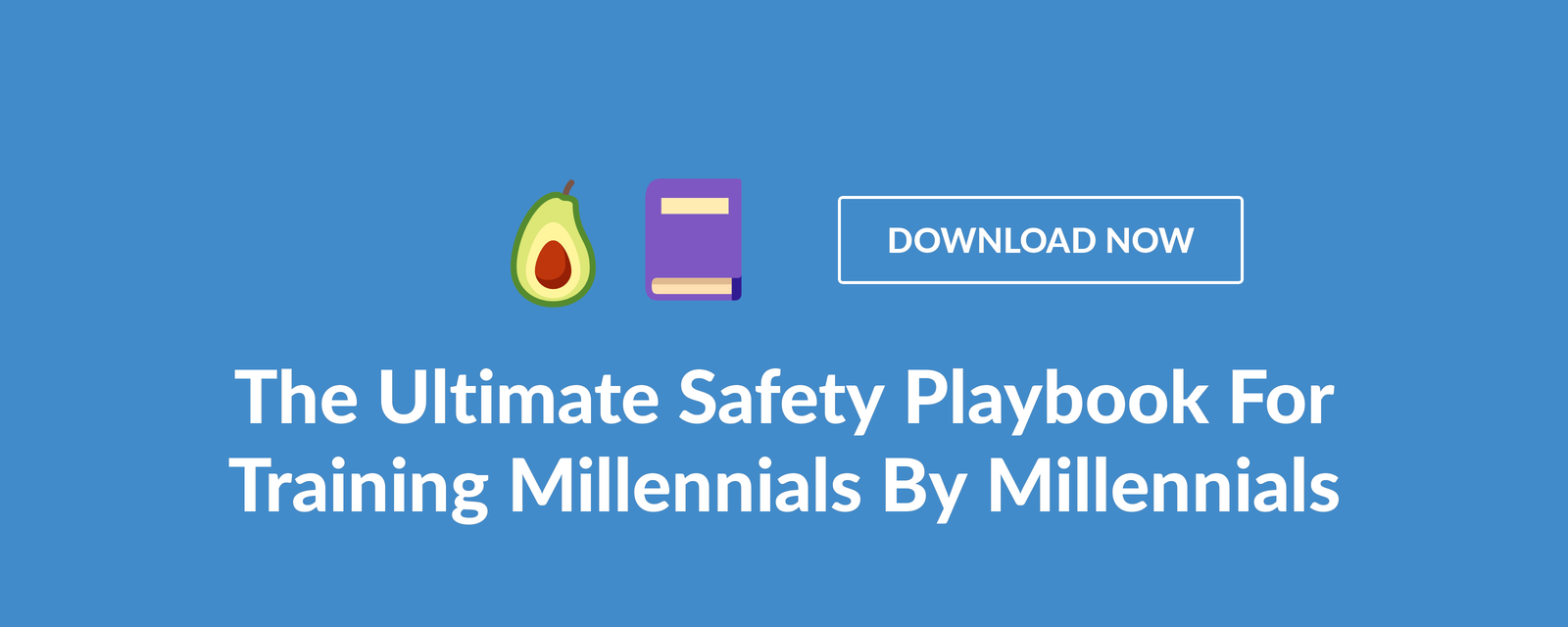A teacher in a classroom almost always works with students who are the same age and who have had very similar educational backgrounds. The same expectations are set for every student, and the pace of the class moves everyone along at the same speed. Everyone is taught the same content at the same time and in the same way.
The same is untrue for most workplaces, though. Employers and company leaders are tasked with managing employees across several generations, which can be a bit of a challenge. This is especially true of your safety culture because learning environments are not easily adapted to such a diverse group of learners. Older generations are almost guaranteed to have a completely different set of expectations and attitudes from younger generations, and you’ll have to learn to accommodate that.
Set yourself up for success in your safety training program by mastering the basics of managing a multigenerational workforce.
1. Don’t Label Your Employees
Notice and understand that there may be personality differences between generations, but look at your employees as individuals—not numbers. Get to know all of your employees and what makes them unique. The way that we classify the different generations is based on trends and some stereotypes, which means that not everyone within the age group will fit into how we’ve categorized them.
Sure, some baby boomers are stubborn, some Generation Xers display a laid-back confidence, and some millennials feel entitled to everything; but that doesn’t define your employees. You really need to feel them out and try to understand what their rhythm is like on the job and what kinds of things they expect from you.
You’re going to find some negative attitudes and lousy work ethic if you try to treat someone like they’re part of a negative stereotype. Your baby boomers will wear their PPE and follow proper safety procedures if you educate them and treat them as reasonable, respectable adults. Your Generation X employees will follow the lead of their millennial management if the leadership is professional and reputable. Your millennials will handle responsibility and accountability just as well as anyone else if you give them the chance.
2. Look For Similarities
Often, we can become so focused on the generational differences that we forget to notice the similarities. Maybe your employees forget to notice them too. It can be too easy to buddy up with coworkers of a similar age because they’ll likely share similar interests and opinions.
Notice the similarities alongside the differences. Older employees and younger employees can create incredible collaborations together because of their distinct experiences. One of these workers is likely to have years of experience on the job and around the workplace, and the other is probably a natural with technology and online learning. Why not partner up employees to complete safety training requirements as a team?
Learning can be much more effective when two minds are put together. Each can offer insight to their own knowledge and perspectives, which helps to supplement the textbook information that is commonly used to train. And even outside of safety training, you can try out a mentorship program along the same lines to facilitate generational knowledge transfer.
3. Encourage Communication
Communication is always a solution to so many problems in the workplace. Management needs to communicate with one another about important high-level decisions, employees need to communicate with one another in order to work together on the job, and management needs to be connected with employees constantly for an immeasurable amount of things.
With so much communication happening between so many people, it’s important to make that communication count. As a company or team leader, it’s your job to make sure your employees are aware of your expectations and your intentions in everything that you do. Building a strong relationship there will create a healthy environment for sharing vital information.
Elicit feedback from employees to ensure that you are working with them in a way that suits their personalities and work styles. You can’t make safety a number one priority if you don’t know how everyone feels about your methods or motives.
Your safety culture’s success depends on everyone in the workplace regardless of age, job title, tenure, or any other personal factors. Be prepared in managing a multigenerational workforce by avoiding labels and assumptions, looking for similarities and using them as an advantage, and creating a strong network of communication within the workplace.






Leave a Comment